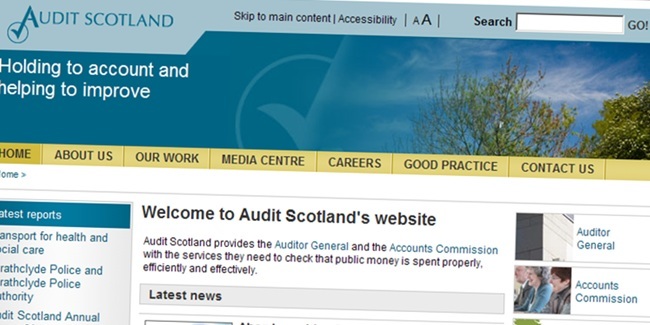Badly planned staff cuts could put Scotland’s public services at risk, an official watchdog has warned.
Audit Scotland said managers needed to reform the way services were delivered to cope with the billions of pounds being slashed from budgets in the next few years. It looked at 47 public bodies, including councils, the NHS and government agencies, to see how they are coping.
Angus, Dundee City, Perth and Kinross and Fife Councils were on the list, along with Tayside Fire and Rescue. They jointly employ 34,000 people and have annual revenue budgets totalling £1.8 billion.
The Audit Scotland report said Dundee City Council cut its workforce by 336 during 2010/11 some 5% of the full-time equivalent total through natural turnover, voluntary severance and early retirement.
This cost £5.1 million but would ensure longer-term savings. The areas most affected were education, with 120 staff leaving, including 90 teachers, and social work, with 46 staff gone.
The council’s policy was that departures would take into account the financial implications but also be subject to the retention of enough staff with the necessary skills to maintain an effective level of service. Staff were only let go with the approval of their department head, the finance director and the chief executive.
Fife Council was listed in the report as one of the bodies planning to make cuts between this year and 2013/14, with the total expected to come to more than 1100 full-time equivalent posts lost through natural turnover and redeployment. The expectation is that the biggest impact would be in environment and development with around 340 posts lost, along with 280 in social work.
John Baillie, chairman of the Accounts Commission for Scotland, said: “Local authorities have already done substantial work to address the very challenging financial outlook and they face very difficult decisions in prioritising services and allocating money.
“It is crucial that they continue to focus on the outcomes they intend to achieve and not just on short-term decisions driven by the need to reduce costs.
“For example, council workforces are a significant proportion of councils’ spending. Many bodies have cut staff numbers through recruitment freezes and voluntary redundancy and further cuts are planned.
“However, good workforce planning is also about making sure you have the right people with the right skills to deliver effective public services in the future.”
The report said relying largely on natural turnover and voluntary release/retirement schemes to reduce staff numbers could result in the wrong staff leaving.
Managers had to ensure that essential skills and knowledge were not being lost and that the quality of services was maintained. They also need to be alert to the potential for additional pressure to be placed on the remaining staff as increased workloads could lead to increase sickness absence or low morale.
The report recommended more use of priority-based budgeting, which looks at the outcomes managers want to achieve and then allocates money to the services that make the biggest contribution towards these goals.
